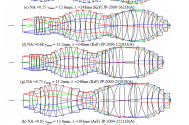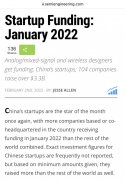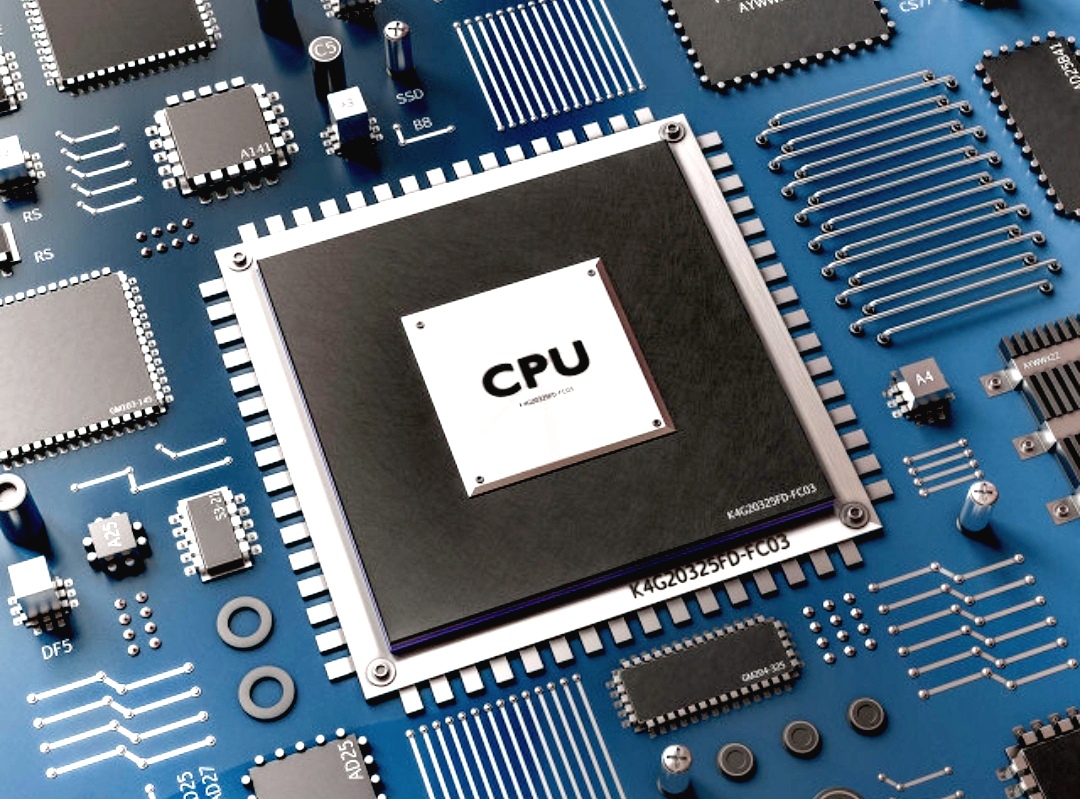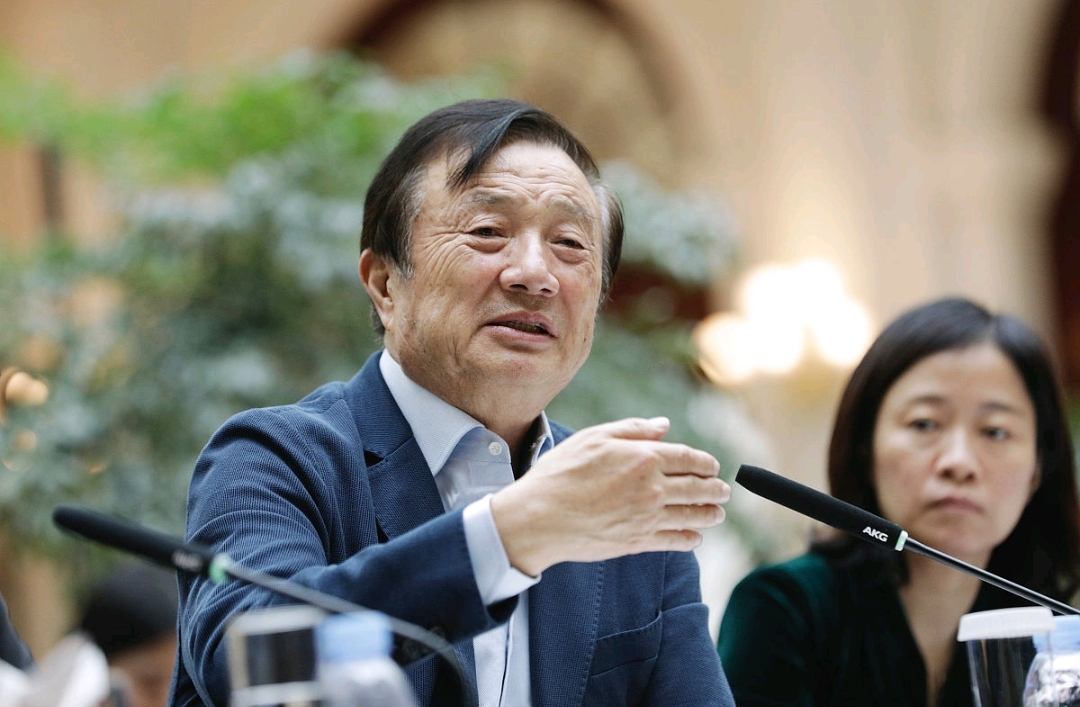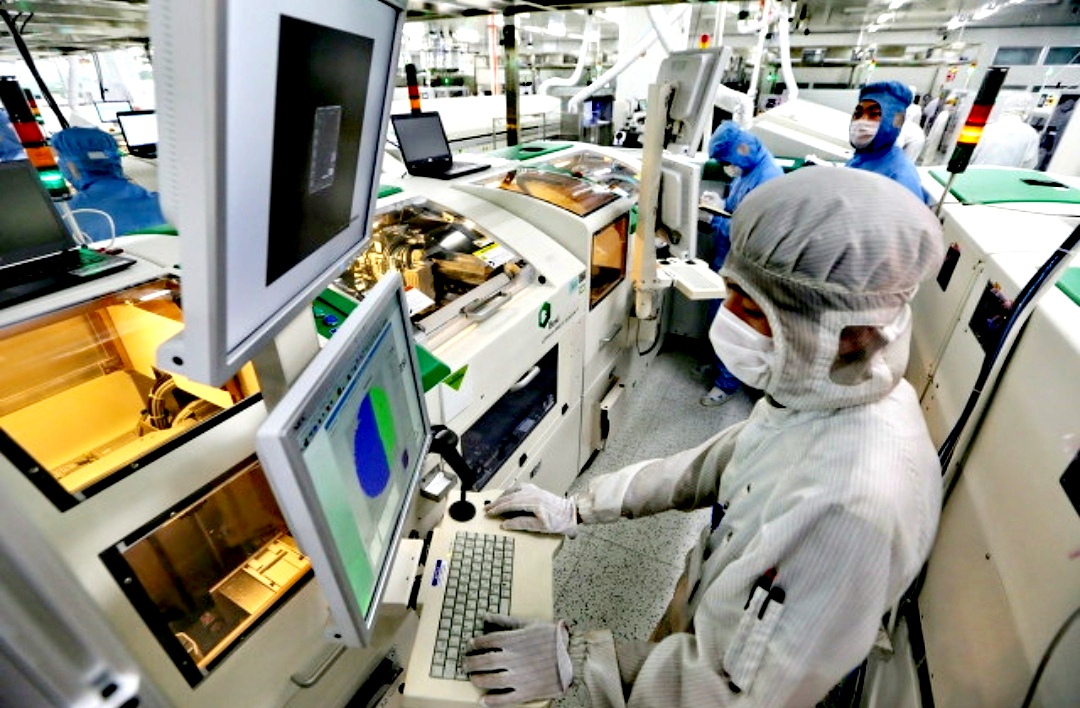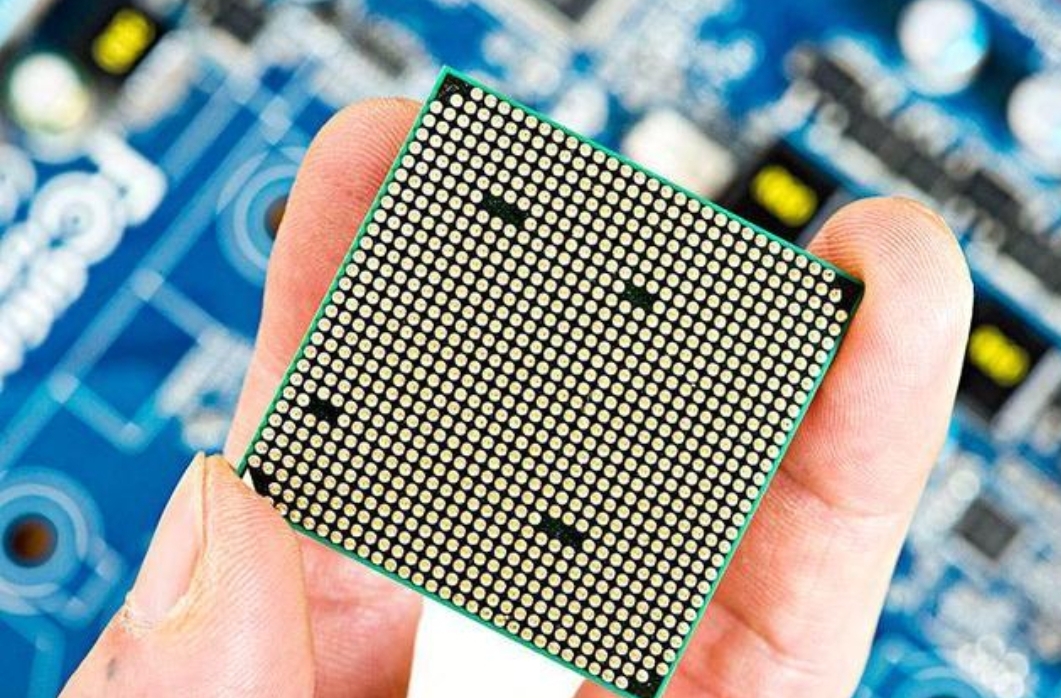So SMEE will deliver its SSA800 DUVL to Huawei in the middle of the year (May or June) and Huawei will then produce its 28nm and 22nm chips and maybe in 2023 its kirin 14nm 3D chiplet.
Completely autonomous!Huawei's 28nm chip production line has been assembled, and Ren Zhengfei is right
2022-02-02 21:22 HKT
Since 2021, Huawei's mobile phone business has been hit hard due to chip supply, and the impact has continued to this day. In order to solve this problem, Huawei also tried to enter the research and development of lithography machine, but the research and development process was too long and Huawei could not wait, so Ren Zhengfei decided to build an independent chip supply chain.
Earlier, Huawei revealed that it is already building a 45nm chip factory. As time goes by, Huawei finally heard new news.
It is reported that Huawei has completed the assembly of the 28nm chip production line and is fully autonomous and controllable. As long as Shanghai Microelectronics delivers the 28nm lithography machine on time in the second half of the year, Huawei will be able to achieve 28nm chip production.
Ren Zhengfei is right
When we are all still looking at TSMC, Ren Zhengfei has already seen through.
He believes that the United States is trying to monopolize the chip supply chain. TSMC, as a global chip manufacturing giant, will definitely be regarded as a target for killing chickens and monkeys, so TSMC can no longer find Kirin. For chips, Huawei must give up illusions.
Now it seems that Ren Zhengfei is right, but in order to survive, Huawei has also asked Qualcomm for assistance. Although it has obtained a supply license, they are all outdated chips. To this end, Huawei finally took action.
As we all know, Huawei has outstanding technology in the field of communications. Every year, it sells a large number of terminal equipment to the outside world. In addition, the unmanned driving system and electronic products that are involved now require chips. The data shows that 28nm chips can meet the current market. % Of demand, and if Huawei wants to completely get rid of sanctions from the United States, it must build a copper wall in weak links.
Now that Huawei has completed the 28nm chip manufacturing line, it just confirms the promise made by HiSilicon, that is, it will not make any kind of layoffs. Huawei will not only design high-end chips, but also produce high-end chips in the future. This is Ren Zhengfei's pattern.
Of course, if Huawei wants to revitalize its mobile phone business again, it needs to do the following three points.
First, based on the 28nm chip production line, first meet the chip supply of terminal equipment, and achieve independent survival first, and then try to develop independently.
Second, to make up for the shortcomings of Huawei's mobile phones in terms of chips with the advantages of the Harmony system's simplicity, smoothness and power saving. We all know that Apple is about to use 3nm chips, and Qualcomm is also planning. Only Huawei is still in chip accuracy. On the other hand, if Huawei's mobile phones want to compete with them on the same stage, they must have their own unique advantages.
The success of Huawei's mobile phone lies in its refusal to homogenize. First, the Kirin chip is supported by the Harmony system. This is Huawei's next opportunity.
Third, continue to sell mobile phones in limited quantities and continue the brand effect. It is difficult to predict how much Kirin chip inventory will remain, but what is certain is that Huawei has already begun to sell mobile phones in limited quantities. There are only two reasons for this: insufficient number of chips, and second, continued mobile phone business. No matter how the market changes, Huawei has not realized the independent supply of high-precision chips, "hungry marketing" is not a problem.
Concluding remarks
To this day, we seem to be surprised to find that as long as it is the field that Huawei is involved in, it can be amazing. Maybe this is the strength and appeal.
As the benchmark for domestic technology companies, Huawei focuses on global competition in terms of R&D investment and development layout, rather than blindly making money. It can even be said that where there is a monopoly, there is Huawei.
Huawei's mobile phones have counterbalanced Apple, the Harmony system has suppressed Android, and Western 5G technology has been stepped on. The special envoy's driverless driving is not worth mentioning in front of Huawei. Nowadays, domestic chips are restricted, and Huawei has made another move. I believe this time , Ren Zhengfei still won't let us down.
28nm chips are sufficient for Huawei's terminal business to achieve complete independence. Although domestic high-precision chip manufacturing has not yet succeeded, a breakthrough will be sooner or later


